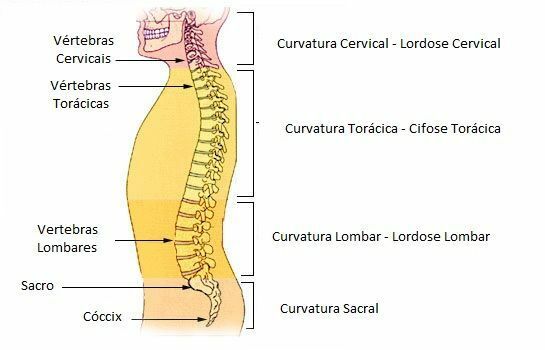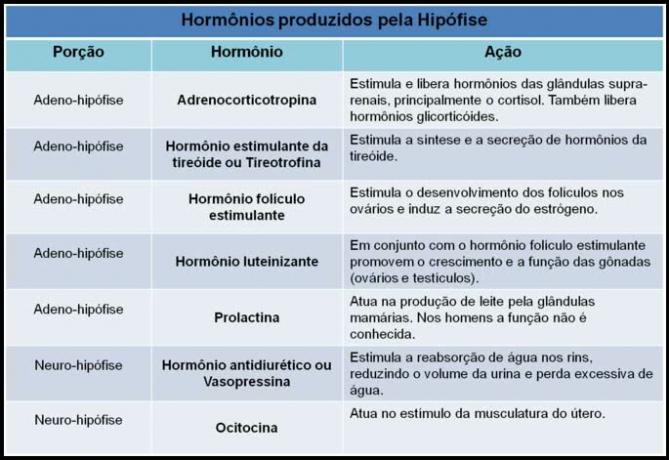Pleiotropy occurs when a pair of alleles conditions more than one character. So, a single gene controls several features of the phenotype which in some cases are unrelated.
The gene responsible for pleiotropy is called pleiotropic.
Pleiotropy in Humans
An example of a human pleiotropic gene is what causes Marfan Syndrome.
Carriers of the dominant allele that causes the syndrome have arachnodactyly, long, thin, and curved fingers. In addition to bone anomalies and eye, heart and lung problems.
Another example is phenylketonuria. In this case, a mutation occurs in the gene that encodes the enzyme phenylalanine hydroxylase, responsible for degrading the amino acid phenylalanine.
Patients with phenylketonuria present mental incapacity, reduced hair and skin pigmentation, convulsions and uncontrollable movements in the legs and arms.
Pleiotropy and Gene Interaction
Each of the phenomena differ from each other:
- In pleiotropy, a single gene controls several features of the phenotype.
- At gene interaction, two or more genes interact and control only one trait. We can say that pleiotropy is the inverse of gene interaction.
Also read about polyalelia.
Exercises
1. (UEPG-PR) - It is an inverse phenomenon to pleiotropy:
a) gene interaction
b) epistasis
c) cryptomeria
d) polyallelia
e) multiple alleles
a) gene interaction
2. (MACKENZIE) In chickens, plumage color is determined by 2 pairs of genes. The C gene conditions colored plumage while its c allele determines white plumage. Gene I prevents the expression of gene C, while its i allele does not interfere with this expression. With these data, it is concluded that this is a case of:
a) recessive epistasis
b) quantitative inheritance
c) pleiotropy
d) codominance
e) dominant epistasis
e) dominant epistasis


